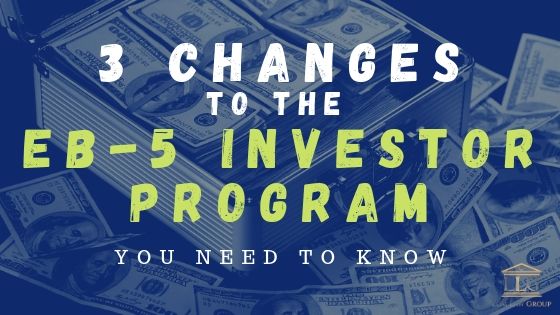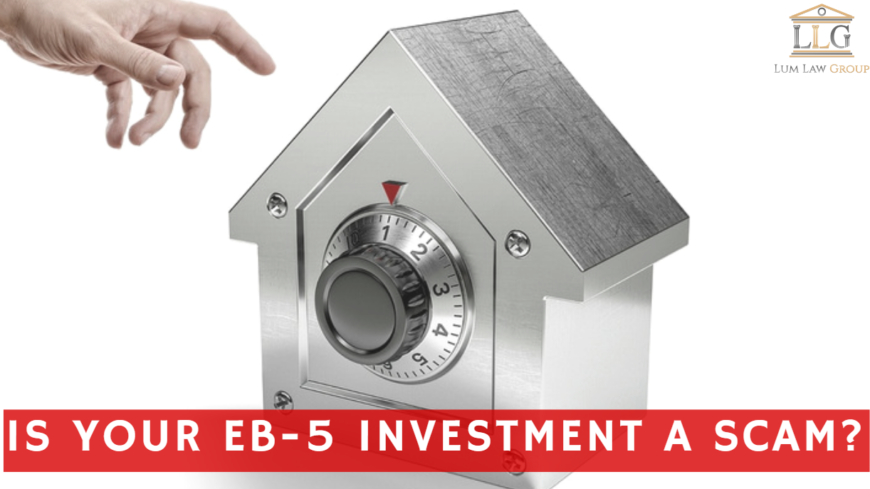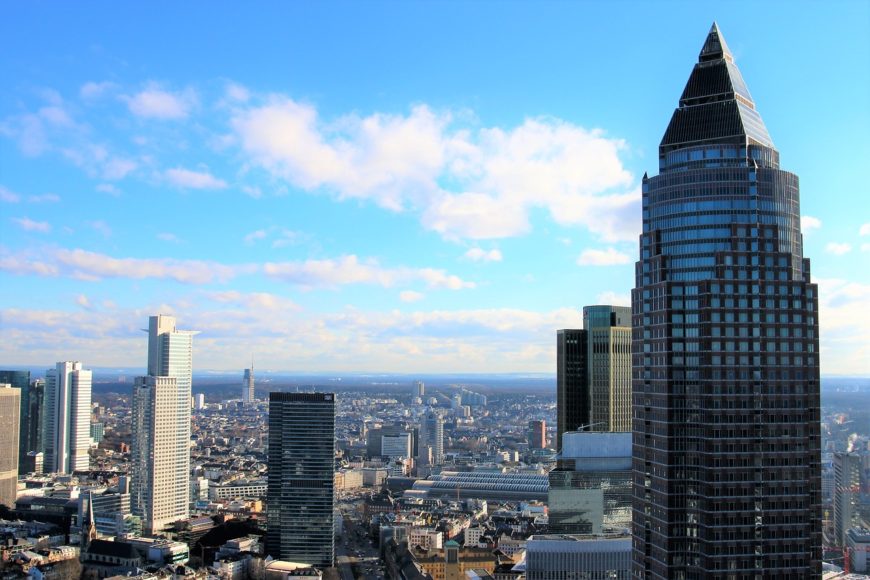3 Changes to the 2019 EB-5 Program You Need to Know
On July 23, 2019, the United States Citizenship and Immigration Services (USCIS) released the long-awaited update to the EB-5 investor program, the new EB-5 investor program modernization rules (“new rules”). The new rules will go into effect beginning November 21, 2019, if Congress extends the program past the current expiration date of September 30, 2019.
So as long as you file before November 21, 2019, USCIS will review the petition with the old rules! USCIS will not make a decision based on the following new rules if your Form I-526 Immigrant Petition by Alien Entrepreneur is filed before the new rules go into effect on November 21, 2019.
In this article, we will cover the five most relevant changes to the popular EB-5 program.
1. Minimum Investment Increases
Likely one of the most important issues for those interested in participating in the EB-5 program is the minimum investment requirement. The new rules require each investor to invest a minimum of US$900,000 in a targeted employment area (TEA) and US$1.8 million if not. Previously the amounts were US$500,000 and US$1 million, respectively.
$500,000 -> $900,000
$1,000,000 -> $1,800,000
It’s important to note that these figures will not go down, but will adjust to inflation with an increase scheduled for every five years. This means the next minimum investment increase will occur in 2024.
Pro Tip: Lock in your lower investment thresholds by filing a complete I-526 petition by the November 21, 2019 deadline!
2. Targeted Employment Areas are Rural
Where previously the TEA of low employment areas were determined by the State, now they will be determined by Department of Homeland Security (DHS). This means California can no longer decide which areas of high unemployment can be designated as a TEA.
In addition, the New Rules state that where previously towns and cities with 20,000 residents or more could qualify for TEA even if they were located within a Metropolitan Statistical Area (MSA). The New Rules would disqualify towns and cities within MSAs to qualify for TEA status. DHS is specifically allowing rural towns and cities with 20,000 residents or more, struggling with high rates of unemployment to qualify for TEA status.
Pro Tip: If you’re looking to invest in an EB-5 project after November 21, 2019, be sure to check whether it will still qualify as a TEA. If your project is no longer in a TEA area, your minimum investment will increase from $500K to $1.8million.
3. Priority Date Retention
Previously, EB-5 investors with approved petitions would lose their priority date if they had to amend their petition. With the new rules, EB-5 investors can keep their original petition approval date for the calculation of their visa priority date. This means EB-5 investors can petition with subsequent Form I-526s and not risk losing their priority date placement.
Pro Tip: Since not all EB-5 projects work out, secure your EB-5 visa by submitting multiple I-526 petitions and use the priority date for the earliest approval!
To avoid the above rules, be sure to file a completed I-526 application before the November 21, 2019 deadline. Not sure if you have a good project? Need an experienced immigration attorney to review your petition? Contact our office for more information on how you can participate in the EB-5 investor program using the old rules before it’s too late!



